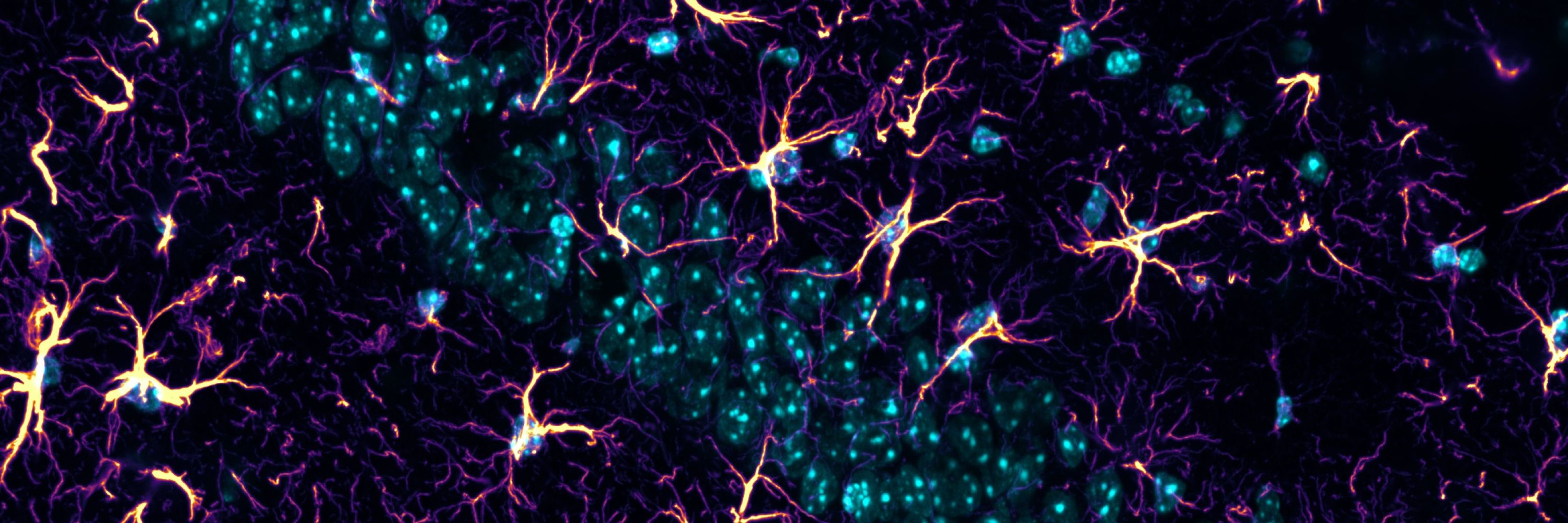
tinyurl.com/3wvmm8v3

tinyurl.com/3wvmm8v3
Represented this year by @borderbiologist.bsky.social, Nick Kathman, @mrodea.bsky.social, @melcooperphd.bsky.social, @pryprk.bsky.social, @kerrylimberg.bsky.social.
(1/2)

Represented this year by @borderbiologist.bsky.social, Nick Kathman, @mrodea.bsky.social, @melcooperphd.bsky.social, @pryprk.bsky.social, @kerrylimberg.bsky.social.
(1/2)

Represented this year by @borderbiologist.bsky.social, Nick Kathman, @mrodea.bsky.social, @melcooperphd.bsky.social, @pryprk.bsky.social, @kerrylimberg.bsky.social.
(1/2)
Read our two companion papers:
🔹 www.biorxiv.org/content/10.1...
🔹 www.biorxiv.org/content/10.1...
🧵 Highlights below!
Read our two companion papers:
🔹 www.biorxiv.org/content/10.1...
🔹 www.biorxiv.org/content/10.1...
🧵 Highlights below!
By @callimcflurry.bsky.social
#neuroskyence
www.thetransmitter.org/astrocytes/a...

By @callimcflurry.bsky.social
#neuroskyence
www.thetransmitter.org/astrocytes/a...
You can check out her article below, or the preprint here: doi.org/10.1101/2025...
By @callimcflurry.bsky.social
#neuroskyence
www.thetransmitter.org/astrocytes/a...

You can check out her article below, or the preprint here: doi.org/10.1101/2025...
doi.org/10.1101/2025...
doi.org/10.1101/2025...
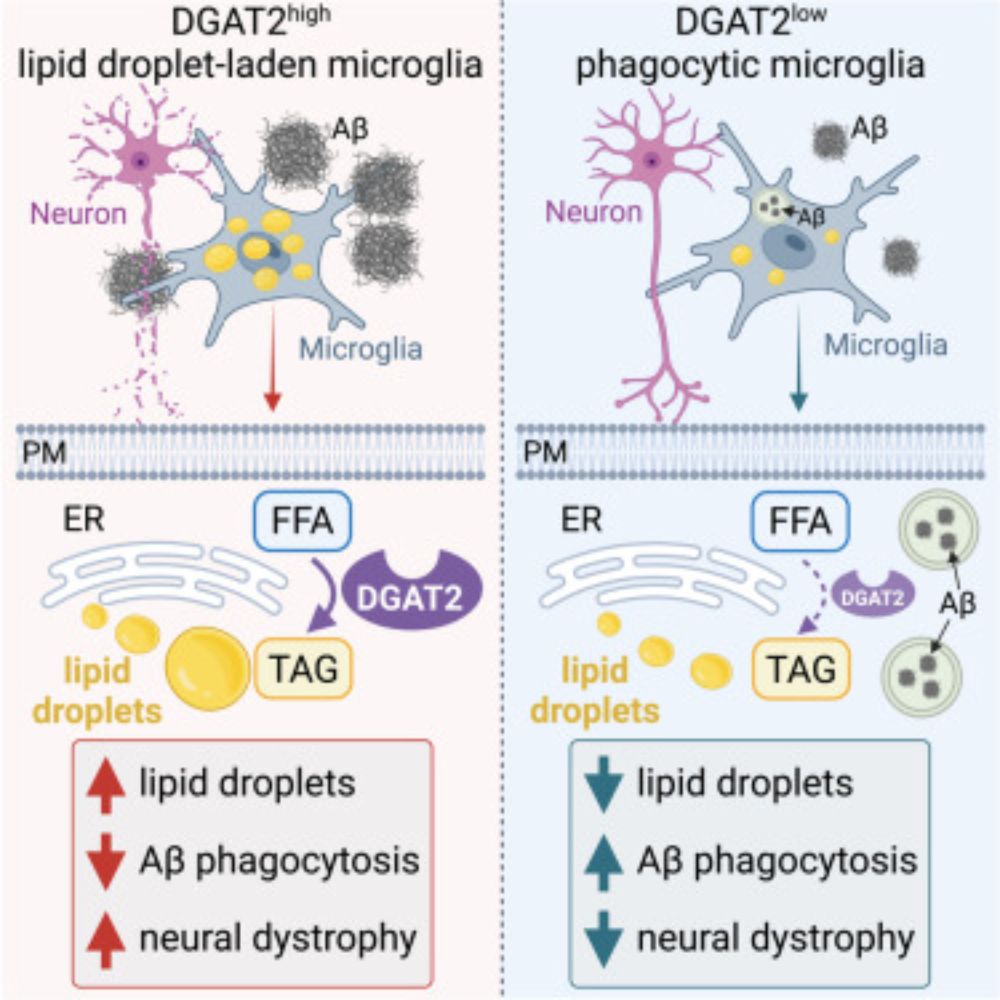
gleichmanlab.com
gleichmanlab.com
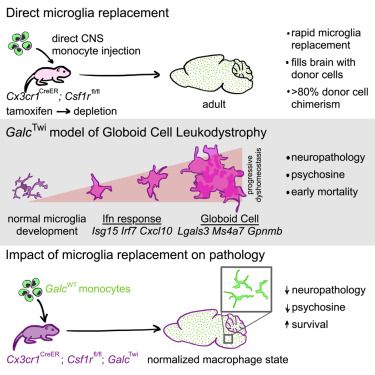
www.cell.com/immunity/ful...
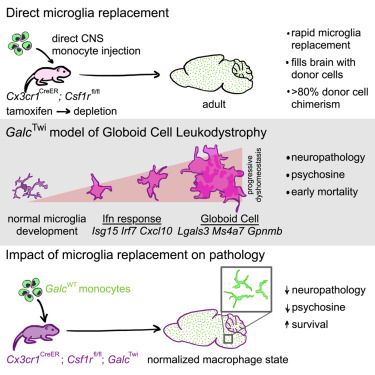
www.cell.com/immunity/ful...
We believe this finding was likely artifactual, resulting from immune cell contamination & cell type mis-annotation across multiple transcriptomics experiments:
We believe this finding was likely artifactual, resulting from immune cell contamination & cell type mis-annotation across multiple transcriptomics experiments:



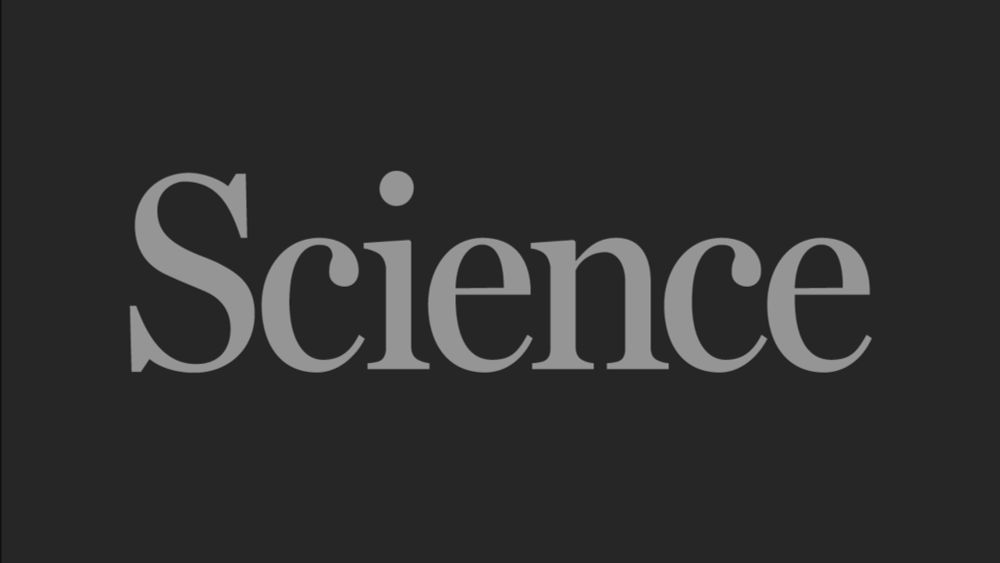
@mrodea.bsky.social, @philiphasel.bsky.social
Are we there yet? Exploring astrocyte heterogeneity one cell at a time
onlinelibrary.wiley.com/doi/10.1002/...
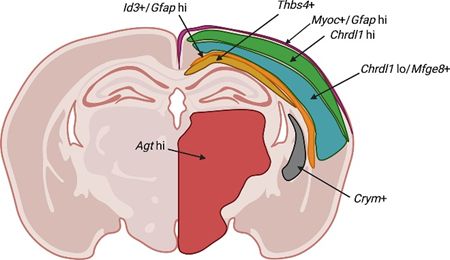
@mrodea.bsky.social, @philiphasel.bsky.social
Are we there yet? Exploring astrocyte heterogeneity one cell at a time
onlinelibrary.wiley.com/doi/10.1002/...
SPECIAL COVER
SPECIAL ISSUE: Glial omics: unraveling mechanisms in health and disease
onlinelibrary.wiley.com/toc/10981136...
Editorial Unboxing “Omics” in Glial Biology to Understand Neurological Disease here - onlinelibrary.wiley.com/doi/10.1002/...
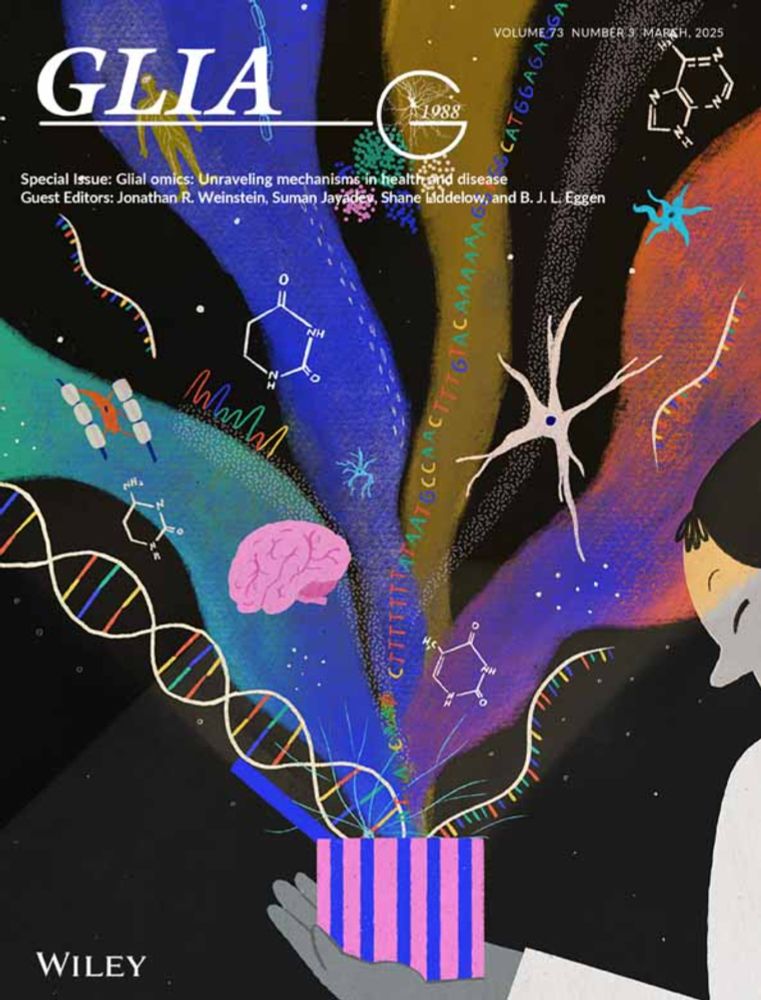
SPECIAL COVER
SPECIAL ISSUE: Glial omics: unraveling mechanisms in health and disease
onlinelibrary.wiley.com/toc/10981136...
Editorial Unboxing “Omics” in Glial Biology to Understand Neurological Disease here - onlinelibrary.wiley.com/doi/10.1002/...
Every $1 spent by NIH generates $2.46
For example, in 2023, $47B in NIH spending generated ~$93B
Halting NIH spending will LOSE the US a lot of money (and talent)


Every $1 spent by NIH generates $2.46
For example, in 2023, $47B in NIH spending generated ~$93B
Halting NIH spending will LOSE the US a lot of money (and talent)
www.biorxiv.org/content/10.1...
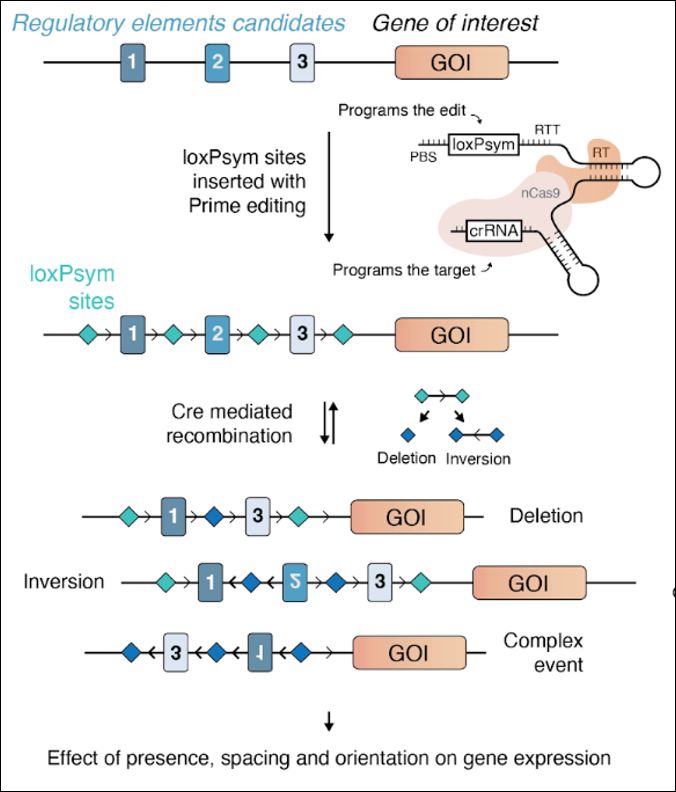
www.biorxiv.org/content/10.1...
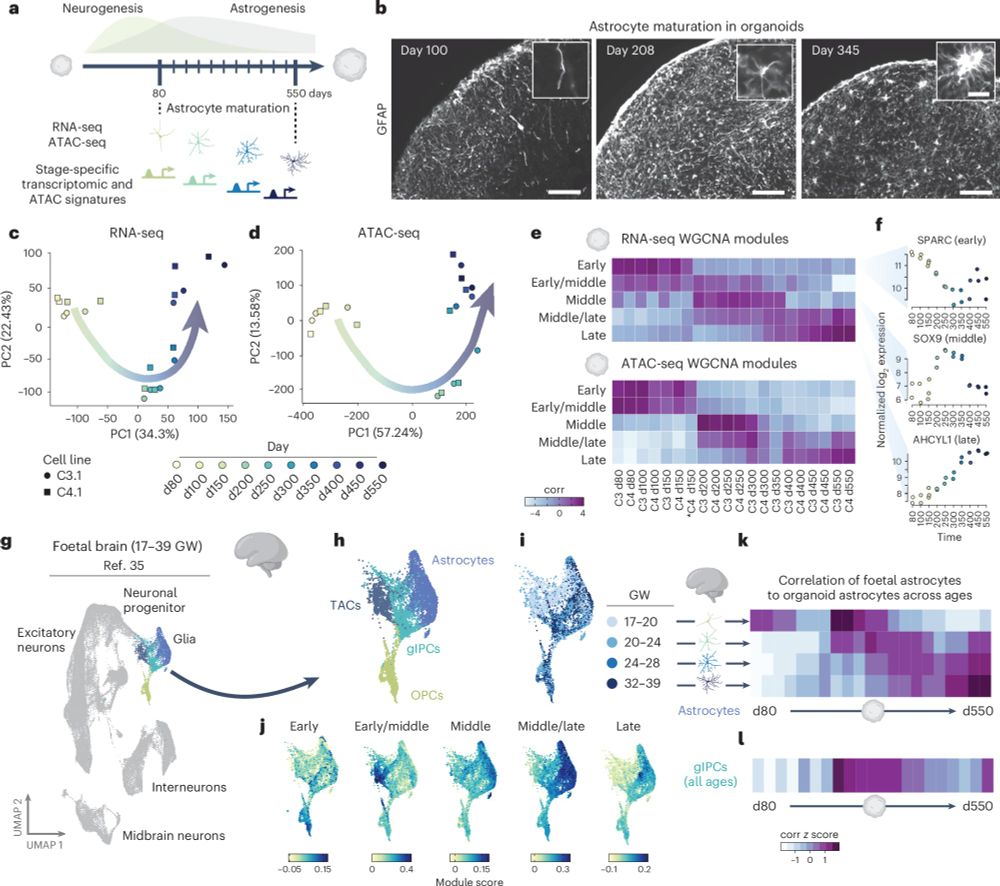
A MUST READ if you're doing transcriptomics.
3 reviews, an amazing editorial, a beautiful cover – this is the issue of the year!
(mini thread)
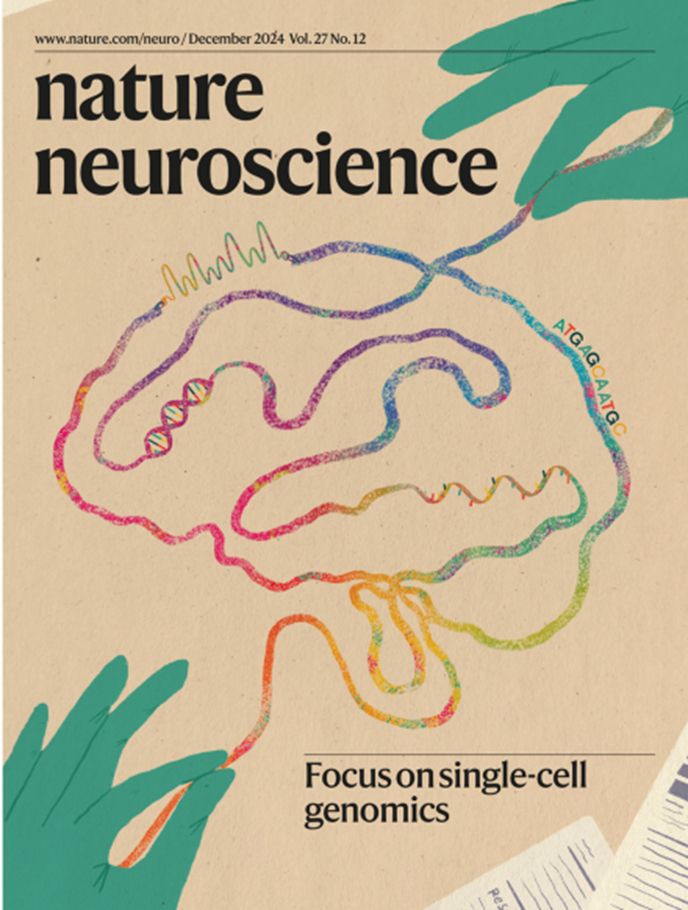
A MUST READ if you're doing transcriptomics.
3 reviews, an amazing editorial, a beautiful cover – this is the issue of the year!
(mini thread)
www.findaphd.com/phds/project...

www.findaphd.com/phds/project...

